Momo, Rome and A New Sense of Time
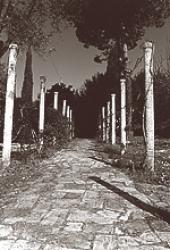 Michael Ende, 1975
Michael Ende, 1975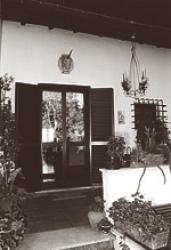 Michael Ende’s idiosyncratic writing technique allowed his texts to mature. Time was of no consequence.
Michael Ende’s idiosyncratic writing technique allowed his texts to mature. Time was of no consequence.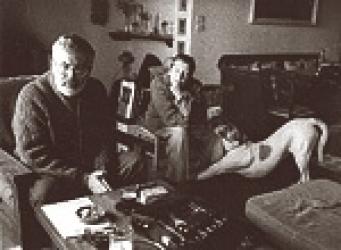 Momo was illustrated by Michael Ende himself.
Momo was illustrated by Michael Ende himself.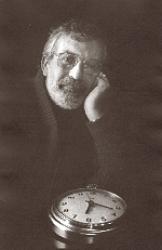 Michael and Ingeborg Ende in Genzano
Michael and Ingeborg Ende in Genzano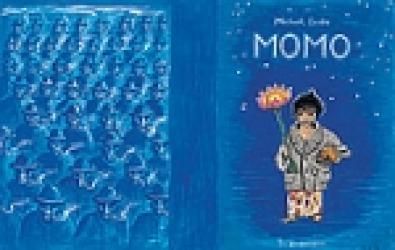 The Endes’ garden in Genzano - Momo was Michael Ende’s homage to the ‘eternal city’
The Endes’ garden in Genzano - Momo was Michael Ende’s homage to the ‘eternal city’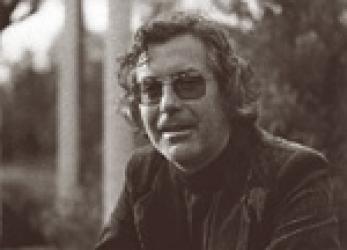 Ingeborg and Michael Endes home in Rome - Casa Liocorno
Ingeborg and Michael Endes home in Rome - Casa LiocornoEver since the publication of Jim Button, Michael Ende had been trying to develop a style of fantasy writing in-keeping with his own goals. His literary ambition was to create a cohesive world that didn’t necessarily correlate to reality but that dealt with real themes. Time and time again he experimented with short stories, but always gave up in exasperation, unable to find a way around conventional narrative logic that required every event to have a logical cause. Many of the stories were only completed years later for the collection Mirror in the Mirror.
Even before his move to Rome, Michael Ende had worked on drafts for Momo, but most of the novel was written in Italy and was almost certainly influenced by Italian culture and the Italian way of life. Momo took six years to write, although Ende often stopped work and turned to other projects, sometimes working on several texts at any one time.
Michael Ende’s idiosyncratic writing process gave his texts time to mature, for he often stopped and re-started, musing over a story or a poem and laying it aside until his ideas had taken shape. Some of his poems were honed over decades, with new verses added over time. Whenever he felt uncertain about a particular revision, he would keep both versions and postpone the decision for a while. When working on a novel, he often wrote just two or three sides, made a few notes and then waited for the story to develop and the book to run its course.
Michael Ende’s persistence was usually rewarded, although on some occasions he felt like giving up. In the case of Momo, the book couldn’t be finished until a specific problem had been solved. ‘I’d already drafted the majority of the scenes. I’d developed my characters, and I’d completed some of the chapters, but for six years I was unable to finish the novel because I was missing a fundamental rule. I had to solve a dilemma: if the grey men could steal everyone’s time, why was Momo an exception? Of course, a lazy writer could always have taken the easy way out and given Momo some kind of special power - a magic cloak or something. But that wouldn’t have satisfied me. I needed to find some kind of rule that derived from the logic of the story. One morning I got up and said to my wife: “That’s it!” I’d found the answer: time could only be stolen from those who tried to hoard it. If a person allowed time to flow through them and didn’t try to hang on to it, there wouldn’t be anything to steal. That was how I came up with the idea of the Time Bank, and all of a sudden the whole story made sense.’
As ever, it only took a chance event or the most trivial of incidents to spark Ende’s imagination, and a highly original and fanciful story would unfold. He once described the process as follows: ‘Think of rock candy. To make it, you dangle a string into a vat of sugary solution in order for the sugar to crystallize as it cools. That’s how I write. In the case of Momo, I was commissioned by a TV company to submit a story for a one-hour broadcast, and I couldn’t think of anything to write. It was around that time that I was given an old wristwatch by a friend. Heaven knows why - it didn’t even work. I looked at it for a while, and little by little the first ideas began to form. The broken wristwatch was the string in the sugar solution, although it took me another six years to write the whole book. I always need something that acts as a string, though. It could be anything, really - a line that I’ve happened to read somewhere, a window display, something unusual I’ve witnessed, even a picture or a shoe. Anything will do. And since I don’t know in advance what it’s likely to be, it always takes me by surprise.’
Even though he started working on the novel before he moved to Italy, Michael Ende was convinced that Momo would have been a different book if it had been written at home. ‘In that sense, Momo is a kind of salute to Rome, a sign of my gratitude to this wonderful city and its amazing inhabitants.’
When it came to pushing through his literary ideas, Michael Ende was disinclined to compromise and would fight to the hilt. This side of him came to the fore during discussions over the publication of Momo. Ende sent the script to Richard Weitbrecht, his editor at K. Thienemanns Verlag. Weitbrecht responded with a list of revisions and objections, but Michael Ende would not be moved and demanded the return of his manuscript. At that point, Hansjörg Weitbrecht, who was at the beginning of his publishing career, decided to intervene. He journeyed to Rome, met the author in a café and was persuaded by his arguments. After that, there was one remaining obstacle to be cleared. Michael Ende had proposed Maurice Sendak as the illustrator for the book, but K. Thienemanns had vetoed the suggestion. To the trepidation of his publishers, the author then decided to illustrate the work himself. It was only when the decision was taken to print the book in sepia colours that all parties finally declared themselves content. As a result, all the illustrations, including the cover design, were the work of Michael Ende. Although he never considered himself talented enough to become an artist, he delighted in drawing and painting.